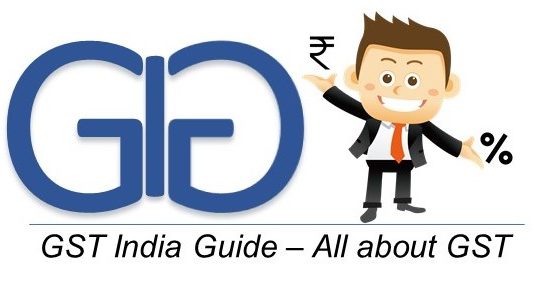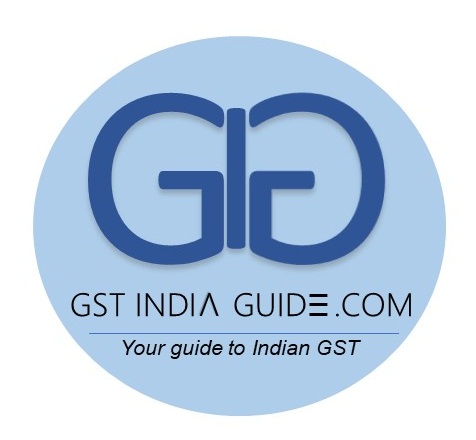Case Details:
| Particular | Details |
| Case No. | WP (C) NO. 2694 of 2019 |
| Case Name | TMA International (P.) Ltd. v. Union of India |
| Court | Delhi High Court |
| Date of Judgement | 26.03.2021 |
| Citation | GIG-CLS-0100 |
Issue- In the above case, the collective grievance of the Petitioners for filing the present petition was the denial of IGST refund in accordance with section 16(3) of the IGST Act, 2017, paid by them on goods exported during the transitional period after introduction of GST Regime i.e. from 01.07.2017 to 30.09.2017. The factual narrative in the petition is that, export of goods from India is “zero-rated” i.e. the Petitioners are exempted from payment of tax on the goods exported from India. The government provides various types of export incentives and refund mechanisms to ensure that exports are made duty and tax free. Prior to the introduction of GST regime in India, Petitioners were governed by Customs Act, 1962, read with Central Excise Duties and Service Tax Drawback Rules, 1995; Central Excise Rules, 2002; and Central Sales Tax Act, 1956, read with Central Sales Tax Rules, 1957. Under the pre-GST regime, Petitioners used to issue FORM CT-1 and FORM ARE-1, for procuring excisable goods without payment of excise duty; and H FORM to avail exemption from payment of Sales Tax; Pertinently, a duty drawback scheme was available to them to neutralize the customs duty, central excise duty and service tax charged on any imported materials or excisable materials used as input services in the manufacture of export goods. Post-introduction of the GST, Central Excise and Service Tax were replaced by GST, however, customs remained an indirect tax separate and independent from GST and was not subsumed under the GST mechanism. Thus, post-introduction of the GST regime, the drawback scheme was meant only to claim exemption of the customs component of the exported goods and simultaneously, Petitioners could claim refund of the IGST paid on export of goods, in lieu of the excise duty and service tax paid on such goods, since these were integrated into a single tax i.e. IGST. Petitioners exported goods falling under various tariff items mentioned in the drawback schedule, on due payment of IGST. As per Rule 96, of CGST Rules, 2017, the shipping bill filled by an exporter is deemed to be an application for refund of IGST, paid on the goods exported out of India. In view of the aforesaid provision, Petitioners awaited refund of IGST in their bank accounts. When the same was not credited, correspondence was initiated with Customs Department. Initially, the claim of IGST refund was not denied and it was in fact assured to them that the refund would be received by them in due course of time. However, despite repeated communication in the form of letters and mails written by the Petitioners to the Custom Departments of various state agencies, no action was taken. On the contrary, on 9.10.2018, Respondent No. 2 issued the Circular No. 37/2018, (hereinafter the “impugned circular”), whereafter the Petitioners have been held disentitled to claim refund of the IGST. As per the impugned circular since the Petitioners had availed higher drawback rates under Column A, they were held not entitled to seek refund of IGST, to avoid multiplicity of refund.
Held- It was held that the exporters would not voluntarily opt for the claim of drawback under Column A at the cost of foregoing IGST paid on exports, where the duty drawback rates under Columns A and B were same, the exporters would have received the same amount of drawback even if they would have mentioned “B” in their shipping bills instead of “A” for claiming drawback. Since the condition for not claiming IGST refund is not applicable to cases where duty drawback has been claimed under Column B, exporters would have received IGST refund also on mentioning “B”. Therefore, exporters did not have any benefit in claiming drawback under Column A. It is not pointed out by the Respondents that the Petitioners derived any undue advantage by their aforesaid mistake. On the contrary, it would result in causing loss for the value of the IGST paid on exports. It was clarified by way of illustration that if Steel Strips (HSN-7211) are exported then whether duty drawback is claimed under Column A or Column B, the rate is 2%. However, rate of IGST on the said export is 18%. In such a situation under no circumstances it can be assumed that the exporters intentionally decided to claim duty drawback should forego IGST refund. Besides, if the petitioners have claimed and received only the customs duty portion of the drawback and element of IGST (earlier Central Excise Duty and Service Tax) was not included in the drawback rate, granting of IGST refund would not result in double neutralisation of input taxes. Respondents have also, in fact, never intended to deny refund of IGST paid on export in cases where only customs component was claimed as drawback. The Petitioners have enclosed the cost analysis which captures the denial of IGST refund causing severe financial crunch to the exporters business. The impact is significant. To us such an error, that is purely inadvertent and not intentional, should not come in the way of claming refund of IGST. We have also noticed that the respondents have also been alive to the situation and in matters relating to technical glitches, they have constituted IT Redressal Grievance Committees to address the grievances of the taxpayers. Therefore, the court do not see any reason as to why the Petitioners should not be extended similar benefit. Since the Respondents have expressed their apprehension about double benefit of neutralisation of taxes, it would be appropriate that before issuing final directions, Respondents verify the extent of the duty drawback availed by the Petitioners and also whether they have availed duty drawback/CENVAT credit of Central Excise and Service Tax component in respect of the exports made by them.

